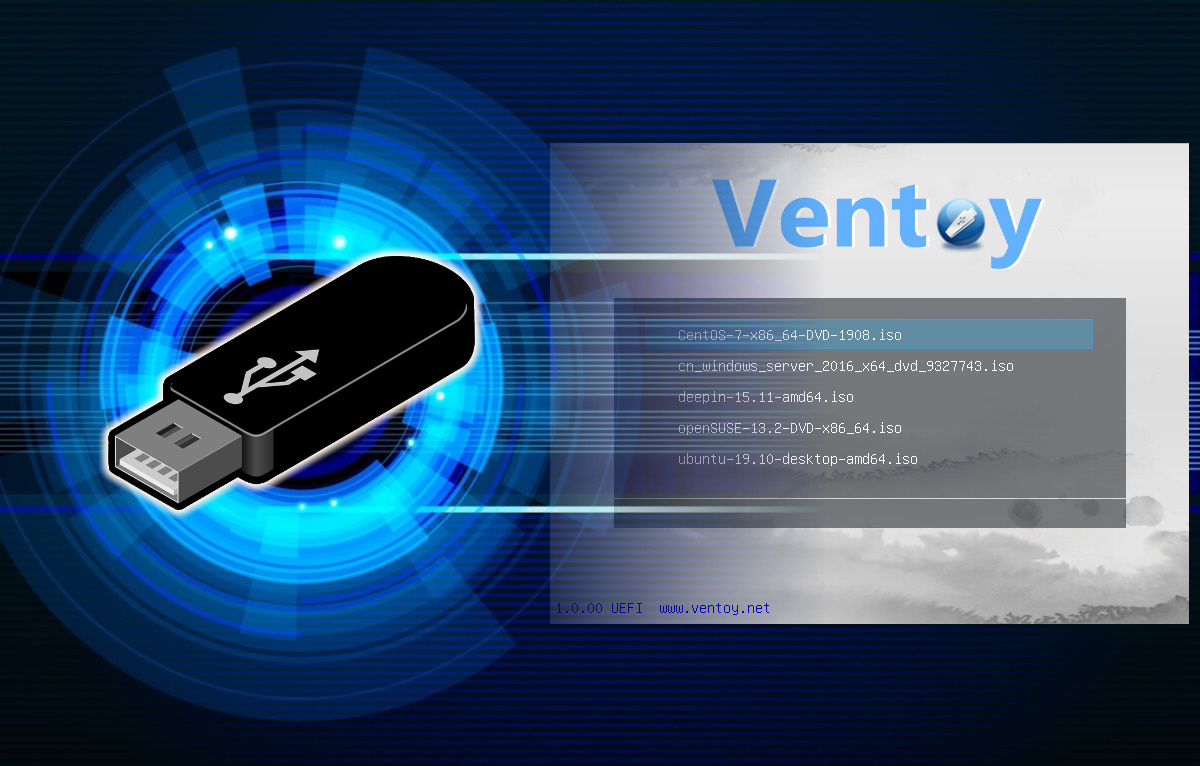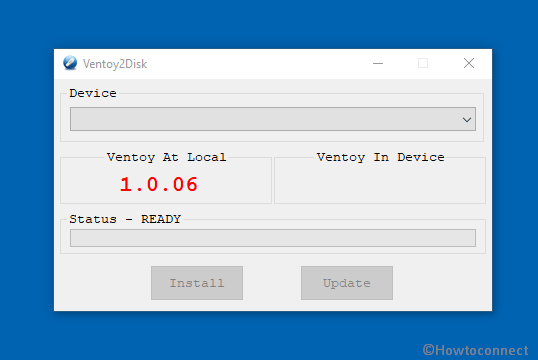

#VENTOY MEMTEST FREE#
img file made by a random user like myself, I just want to prove the point that I was able to make MemTest86 Free v10.2 fit within a mere 17MB. Regardless, if you're feeling daring to try a. But it sounds like you're basically saying that the likes of Ventoy are simply not a consideration and neither is the use of older drives that one already has laying around that may otherwise be considered "ewaste". Unfortunately it seems that, because I'm a new user, I cannot edit my opening post to include various corrections and-or additional information. img file and then subsequently writing a recreated backup portion of the GPT partition table that's normally located at the end. If you want to be more fancy-pants, you can shrink and move the two FAT16 partitions to their smallest sizes (I found 9MB to be the smallest but, at least in EaseUS Partition Master, I actually had to first resize to 32MB and then resize to 9MB also, I couldn't resize the second FAT16 partition until I first manually assigned a drive letter via diskpart.exe due to it being a hidden partition or something), then trimming off the end of your resulting.

Sudo dd if=/dev/sd* status=progress of=~/Downloads/MemTest86.img img of it that will "just work" in Ventoy: Then, after that, connect the disk in Linux and run the following command to create a. Now from there, you can use a program like EaseUS Partition Master to clone the ramdisk onto a smaller-capacity flash disk, whether a USB drive, SD/MMC card, etc (make sure the destination flash disk is using GPT - I know that at least EaseUS Partition Master can convert MBR to GPT).
#VENTOY MEMTEST ZIP#
From there, use Rufus v (newer versions seem to fail?), press Ctrl+Alt+F and select the ramdisk as your destination drive, then select the normal memtest86-usb.img file that is provided in the ZIP download. The trick is to create a ramdisk using something like Romex Primo Ramdisk and configure it as a SCSI disk that does not automatically create the TEMP folder and has a ramdisk size of 513MB (not a typo).
#VENTOY MEMTEST HOW TO#
I hoping, however, someone has a recommendation as to how to get this working with my Ventoy USB.One thing I couldn't help but notice is that the disk space required by MemTest86 seems a bit excessive for how much it actually uses, and I managed to prove this to myself by being able to get it to work from a 32MB (not a typo) MMC card.įrom there, I was able to dd the image in Linux to then have a small file size that can be easily launched via Ventoy - a situation where a difference of a full gigabyte can be the difference between whether you're able to fit some ISOs or not (in my case, it was Foxclone Edge which is around 800MB). I guess I just need to give up on booting this with Ventoy and just dedicate a whole USB to this very small image. That locked up indefinitely on the last line below (5222476), with 100% CPU : Iso9660 Analyzer Tool v0.1.3 by Salvatore SantagatiĪfter a few minutes I ultimately had to kill the process. That failed: Unrecognized sector mode (0) at sector 0!
#VENTOY MEMTEST ISO#
So, then I tried to convert the memtest86-usb.img file to an ISO using two different tools.Ĭcd2iso memtest86-usb.img memtest86-usb.iso I downloaded memtest86 with the intention of adding it to my Ventoy usb, so that I could boot a machine for a memory test.Īlthough Ventoy claims to support img files, it wouldn't boot the memtest86-usb.img file I extracted from the zip I downloaded from.


 0 kommentar(er)
0 kommentar(er)
